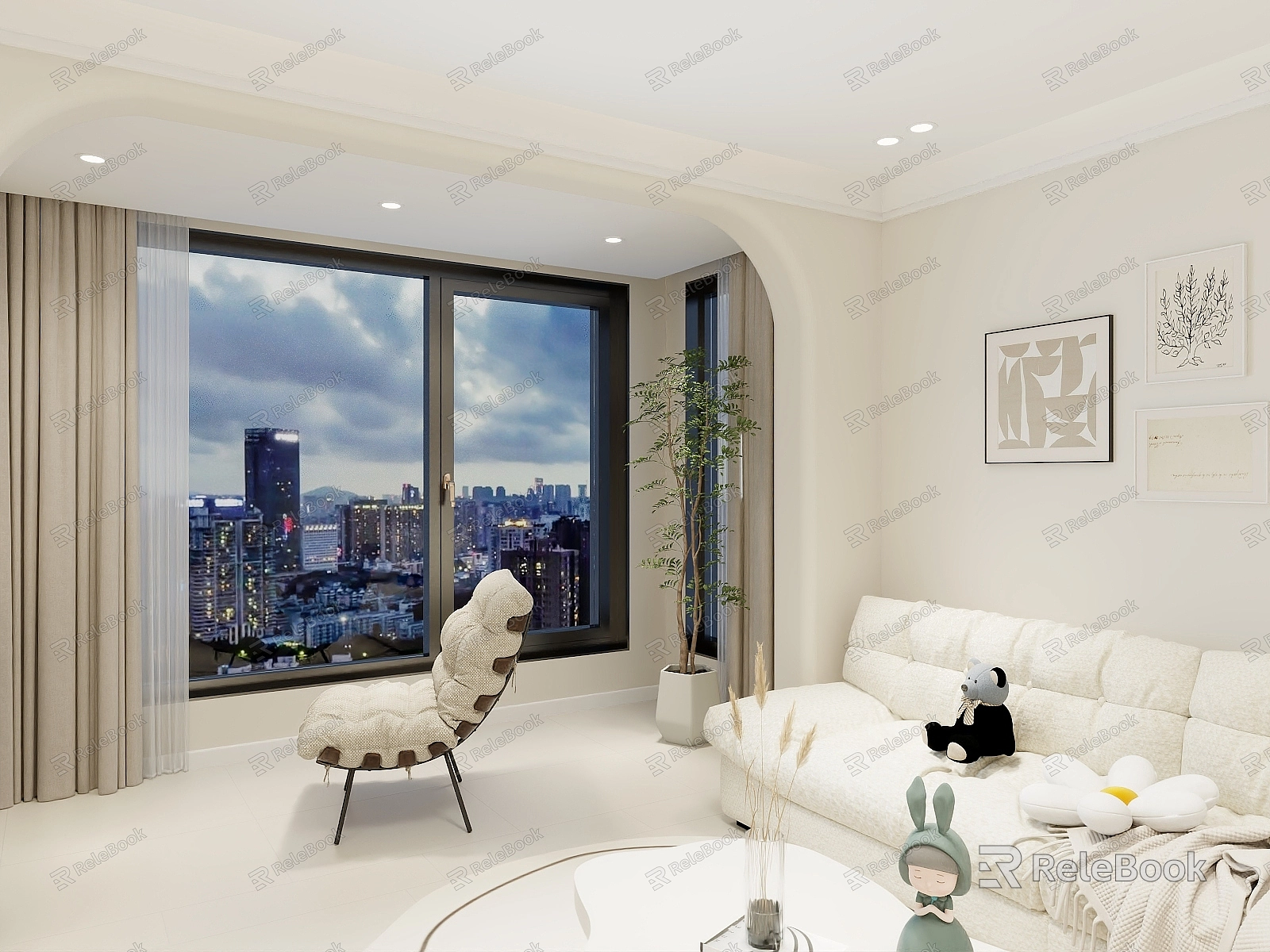How to Add Texture to a 3D Model?
In 3D modeling, adding texture to a model is a crucial step to enhance its realism and visual impact. This article will introduce some commonly used methods and techniques to help you add texture to your 3D models, making them more visually stunning and lifelike.
Choose the Right Texture Software:
Before getting started, you need to select texture software that suits your needs. Some popular options include Adobe Photoshop, Substance Painter, and Mari. These software provide a wide range of texture painting and editing tools to meet different requirements.
Gather Texture Resources:
Before adding textures, you need to gather suitable texture resources. These resources can be your own photographs or downloaded texture images from the internet. Ensure that the chosen textures match the style and theme of your model and have sufficient resolution and detail.If you need it, I recommend downloading 3D textures from Relebook. There is no better choice than this.
UV Unwrapping:
Before applying textures to a 3D model, you need to perform UV unwrapping. UV unwrapping is the process of flattening the 3D model’s surface into a 2D plane for painting and editing in texture software. Ensure that the UVs are properly unwrapped and as even as possible to avoid texture stretching and distortion.
Texture Painting and Editing:
Using the selected texture software, you can start painting and editing textures. Depending on different parts and requirements of the model, you can utilize various painting tools and techniques such as brushes, layers, and masks. Adjust colors, brightness, details, and texture effects to make the textures more realistic and rich.
Texture Mapping:
Once texture painting and editing are complete, you can map the textures onto the 3D model. In the texture software, export the finished textures as corresponding texture maps such as Diffuse, Normal, and Specular. Then, apply these maps to the material channels in your 3D software to achieve the textured effect on the model’s surface.
Adjustments and Optimization:
After applying textures to the model, you can make adjustments and optimizations to ensure the quality of the final result. You can adjust texture scaling, rotation, and tiling parameters to fit the size and proportions of the model. Additionally, you can make fine-tuning and refinements to enhance the realism and subtlety of the textures.
By choosing the right texture software, gathering texture resources, performing UV unwrapping, painting and editing textures, texture mapping, and making adjustments and optimizations, you can add textures to your 3D models, making them more realistic and visually captivating. The application of textures not only enhances the visual appeal of the models but also immerses the audience and evokes emotional resonance. With continuous experimentation and practice, you will master the techniques of texture addition and create astonishing 3D artworks.

